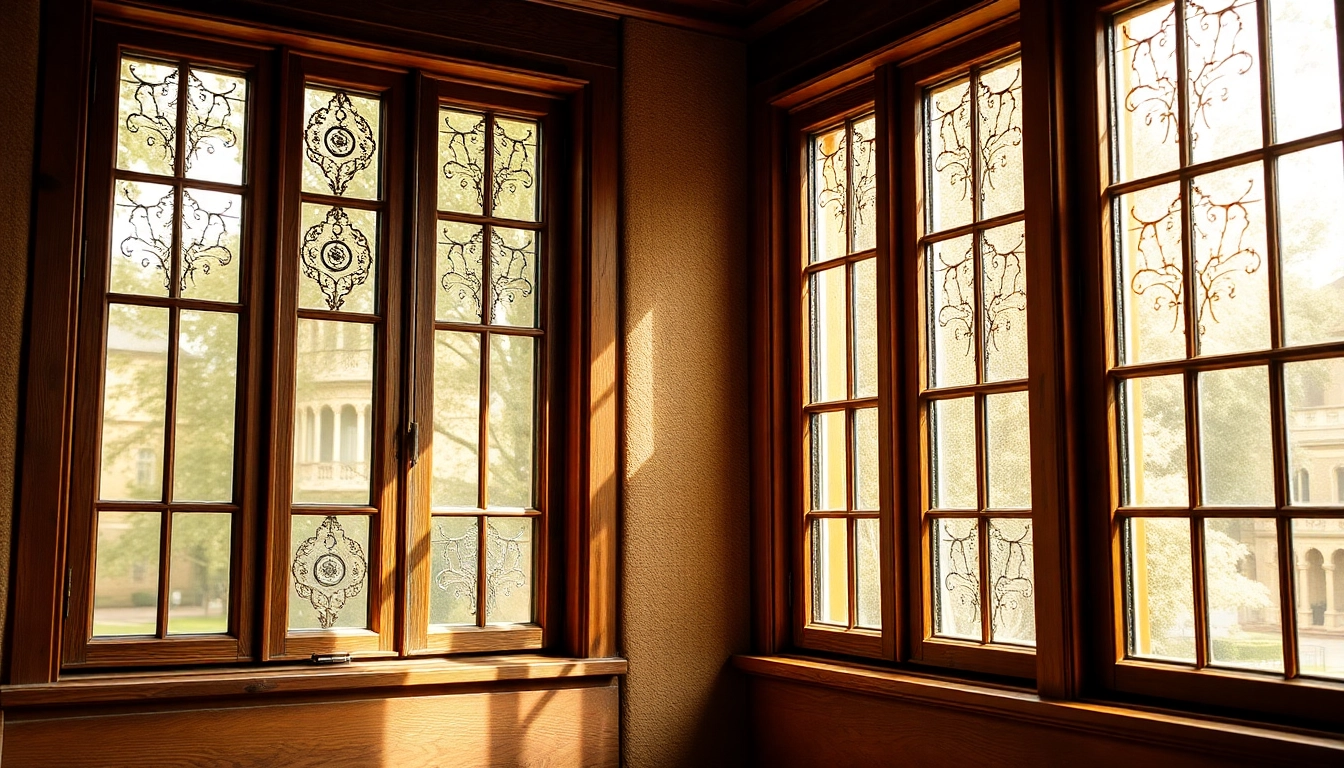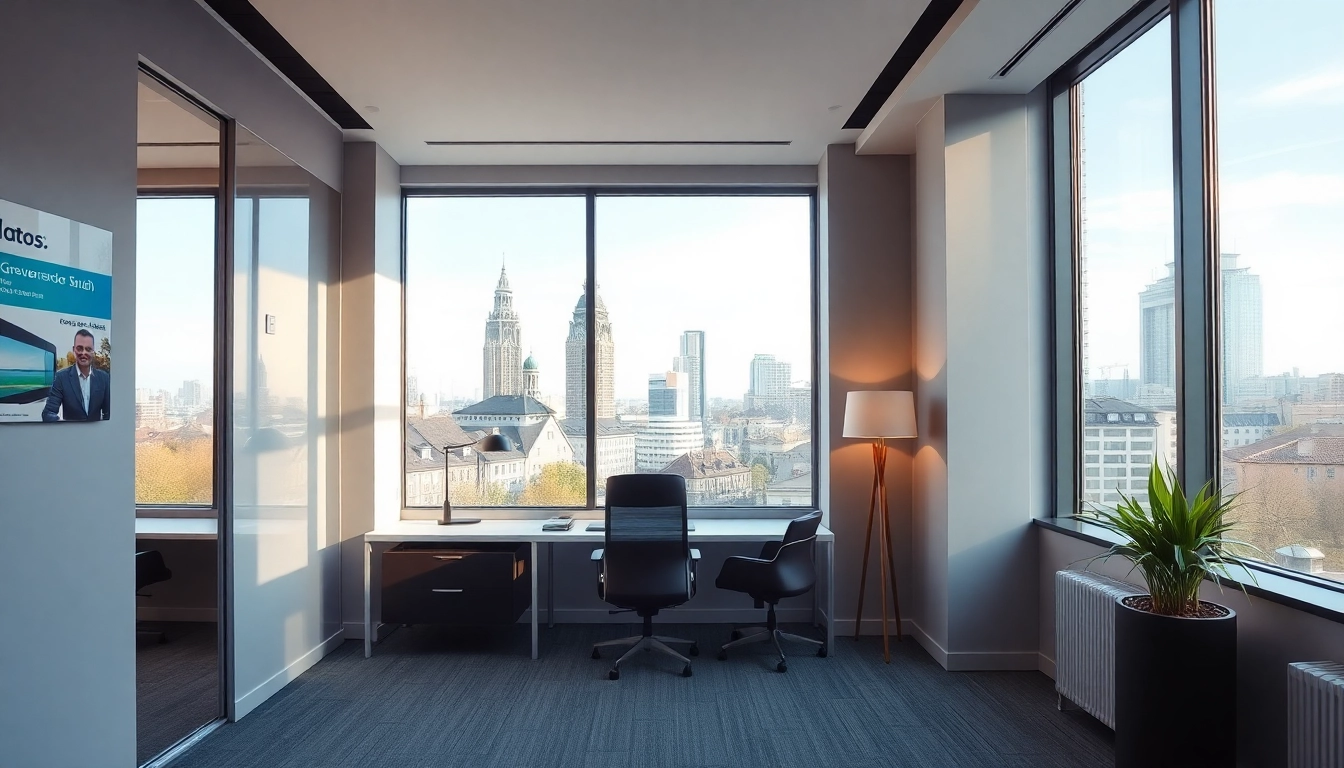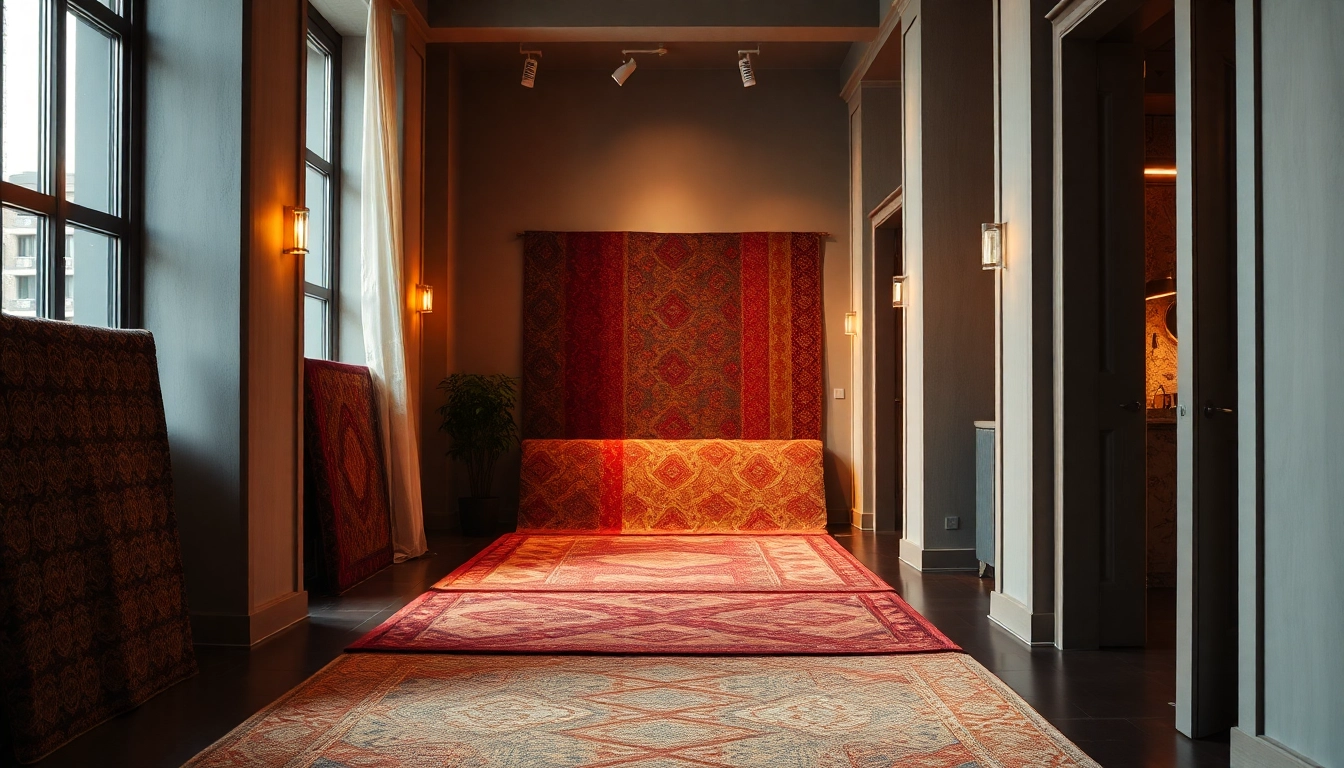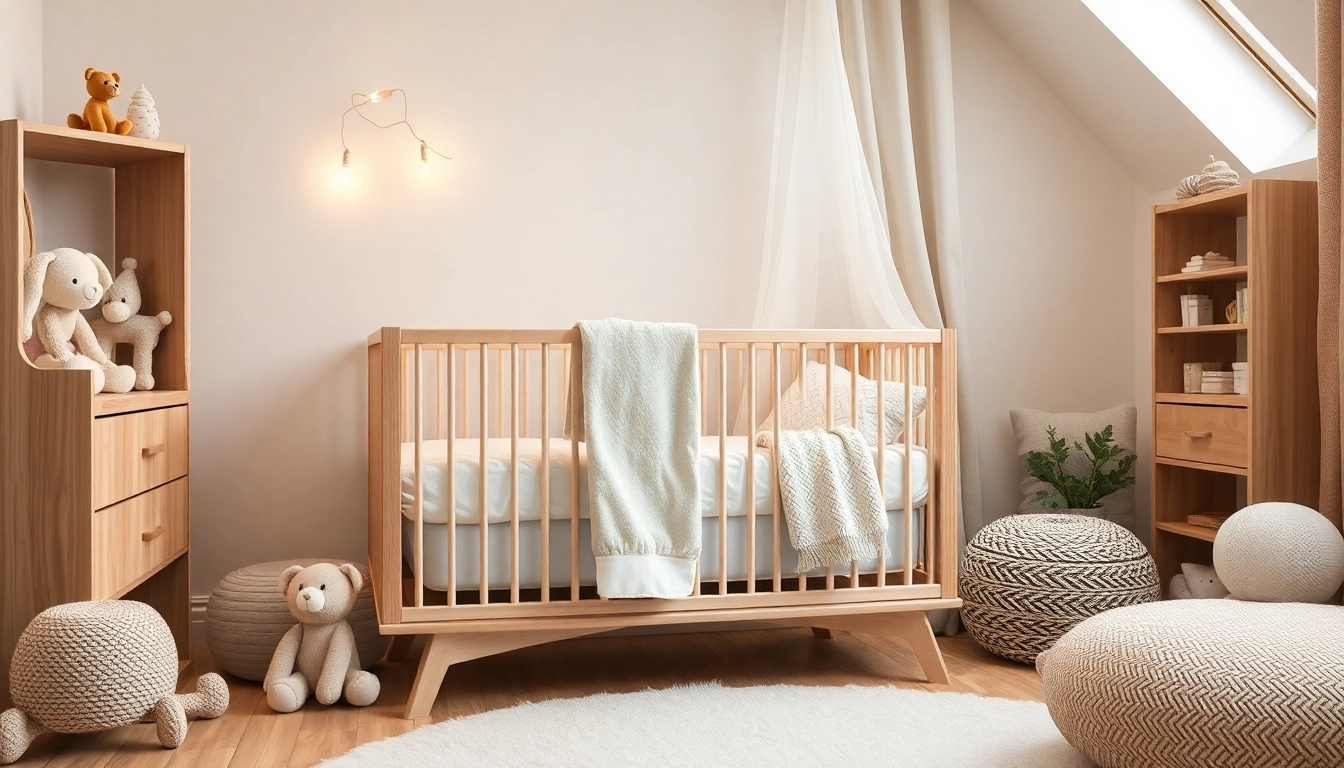Understanding the History and Styles of Period Sash Windows
The charm and elegance of Period sash windows are undeniable, deeply rooted in centuries of British architectural tradition. Their historical evolution reflects changing styles, technological advances, and aesthetic preferences across different eras. Exploring these developments helps homeowners, architects, and restorers appreciate the significance of preserving or replicating these distinctive features.
Historical Evolution from Georgian to Victorian Designs
Sash windows first gained popularity during the Georgian period (1714–1830). Characterized by their symmetry and proportion, Georgian sash windows often feature six-pane configurations divided into two vertical sashes. Typically, the top sash remains fixed, while the bottom sash slides upward, operated by weights and pulleys hidden within the frame. These windows exude classical elegance, emphasizing balance and clean lines.
Moving into the Victorian era (1837–1901), sash windows evolved to accommodate the growing demand for larger panes of glass, which allowed more natural light into buildings. Victorian sash windows often feature larger, individually glazed panes, and their frames tend to be more decorative, sometimes with intricate carvings and ornate hardware. The introduction of the spring balance mechanism during this period also facilitated smoother operation and durability.
In the Edwardian period (1901–1914), sash windows maintained their traditional forms but typically incorporated finer detailing and a lighter aesthetic, aligning with the broader trends of the Arts and Crafts movement. The transition between these eras illustrates a continuous refinement in the design, functionality, and aesthetic appeal of sash windows.
Distinctive Features of Period Sash Windows
Recognizable for their clean lines, sash windows from different periods share core features but also display distinctive traits:
- Number of panes: Georgian windows usually have six panes per sash, while Victorian styles feature larger panes, sometimes with a 2-over-2 or 4-over-2 configuration.
- Glazing bars: Narrower or more decorative in older styles, enhancing the period appearance.
- Hardware: Traditional iron sash weights, pulleys, and sometimes decorative sash horns that add to aesthetic authenticity.
- Frame materials: Primarily timber, often hardwood like oak or softwood treated to simulate period finishes.
Authentic period sash windows are constructed with joinery techniques and finishing details that honor their era, contributing to their longevity and charm.
Matching Sash Window Styles to Your Property’s Era
Properly matching sash window styles to your property’s historical period enhances both aesthetic harmony and property value. For example:
- Georgian homes: Opt for smaller panes, with six-pane sash configurations, and classic proportions.
- Victorian properties: Consider larger, multi-pane sash windows with decorative features such as sash horns and ornate hardware.
- Edwardian dwellings: Emphasize fine detailing with narrower glazing bars and lighter frames to reflect the period’s simplicity and elegance.
Consulting period style guides and architectural historians can further ensure your windows are historically appropriate. Customizing sash window details to seamlessly blend with existing architectural features guarantees a cohesive restoration or installation.
Benefits of Installing Period Sash Windows Today
Enhanced Aesthetic and Historical Authenticity
Installing period sash windows revitalizes the visual appeal of a property, preserving its historical integrity and character. These windows serve as architectural focal points, complementing traditional facades and adding authenticity to heritage buildings. When correctly restored or installed, they can transform a building into a tangible link to its past.
Energy Efficiency and Draught-Proofing Solutions
Despite their charming appearance, traditional sash windows are often perceived as inefficient. Modern draught-proofing techniques and high-performance glazing have addressed these concerns, offering a blend of aesthetic authenticity and energy efficiency. Double glazing sash windows not only reduce heat loss but also improve sound insulation, making period properties more sustainable and comfortable.
Increased Property Value and Curb Appeal
Restoring or installing period sash windows significantly boosts a property’s visual appeal and market value. Heritage-styled windows attract buyers interested in period charm or conservation-approved upgrades. According to industry reports, properly maintained sash windows can add up to 10% to property value, especially in conservation areas.
Overall, investing in period sash windows combines aesthetic preservation with functional benefits, making them a wise choice for homeowners seeking charm without compromising on modern comfort.
Expert Tips for Repair and Restoration of Sash Windows
Identifying Signs of Deterioration
Recognizing early signs of damage ensures timely intervention. Common issues include:
- Cracked or missing glazing
- Decayed timber or rotting sashes
- Failed or broken sash cords and pulleys
- Warped or misaligned frames
- Excessive drafts or rattling sounds
Frequent inspection is advisable, especially in older properties or in areas with harsh weather conditions.
Key Restoration Techniques and Materials
Restoring sash windows involves precise techniques to preserve their period integrity:
- Stripping old finishes: Carefully removing paint or varnish to reveal original timber details.
- Timber repair: Using high-quality, period-appropriate timber, or epoxy consolidants for rotted sections.
- Re-glazing: Replacing or repairing glazing with secondary or double-glazed units, maintaining the original look.
- Hardware restoration: Repairing or replacing sash cords, weights, and pulleys with historically accurate components.
- Repainting and finishing: Applying traditional oils or modern protective coatings for durability and weatherproofing.
Maintaining Functionality and Appearance Over Time
Regular maintenance is pivotal. Tips include:
- Annual inspection for wood deterioration or hardware issues.
- Timely reapplication of protective finishes to prevent rot and weather damage.
- Ensuring sash cords and weights operate smoothly with lubrication or replacement as needed.
- Replacing cracked or broken glass with period-appropriate panes to uphold aesthetic consistency.
Employing qualified craftsmen skilled in period restoration guarantees functional, durable, and visually authentic sash windows.
Choosing the Right Materials and Finishes for Period Sash Windows
Timber Options: Hardwood vs. Softwood
The choice of timber significantly impacts the durability, authenticity, and maintenance of sash windows. Traditionally, hardwoods like oak, mahogany, or aperiodly treated timber were preferred for their strength and aesthetic appeal. Softwoods such as pine or cedar, if properly seasoned and treated, can also be suitable, especially for cost-effective restoration projects.
Traditional Finishes and Modern Protective Coatings
Historically, sash windows were finished with natural oils, linseed oil, or lead-based paints, which provided both aesthetic richness and protection. Today, modern high-quality coatings like microscopically thin epoxy primers, breathable paints, or environmentally friendly stains offer superior weatherproofing and preservation while maintaining period-appropriate appearances.
Customization for Historical Accuracy and Durability
Customizing finishes involves selecting colours and textures that match original palettes or the specific era’s style. This may include using matte or gloss finishes, period-appropriate colours, or replicating old paint patterns. Additionally, incorporating timber treatments with rot-resistant properties enhances longevity without compromising authenticity.
How to Source and Install Authentic Period Sash Windows
Finding Reputable Suppliers and Craftsmen
Sourcing authentic period sash windows requires research. Reputable suppliers often specialize in heritage conservation, offering bespoke manufacturing that adheres to historic standards. Look for certifications like FENSA or heritage accreditation and review portfolios of previous restorations. Engaging local artisans with expertise in period joinery ensures authenticity and craftsmanship.
Guidelines for Professional Installation
Proper installation maintains the window’s integrity and performance. Key considerations include:
- Accurate measurements and careful handling of old or new timber components
- Use of period-correct fixings and hardware during fitting
- Ensuring proper insulation and weatherproofing while preserving the sash’s operational movement
- Consulting conservation officers when installing in protected or historic areas
Cost Considerations and Long-Term Investment Benefits
While the initial costs for authentic period sash windows and expert installation are higher than modern alternatives, the long-term benefits—such as increased property value, reduced energy bills, and preserved aesthetic value—justify the investment. Costs typically range based on the number of windows, size, and intricacy of design, with bespoke options offering superior accuracy and longevity.
A typical fully restored period sash window can last over a century with proper maintenance, making it a cost-effective, sustainable choice over time.



